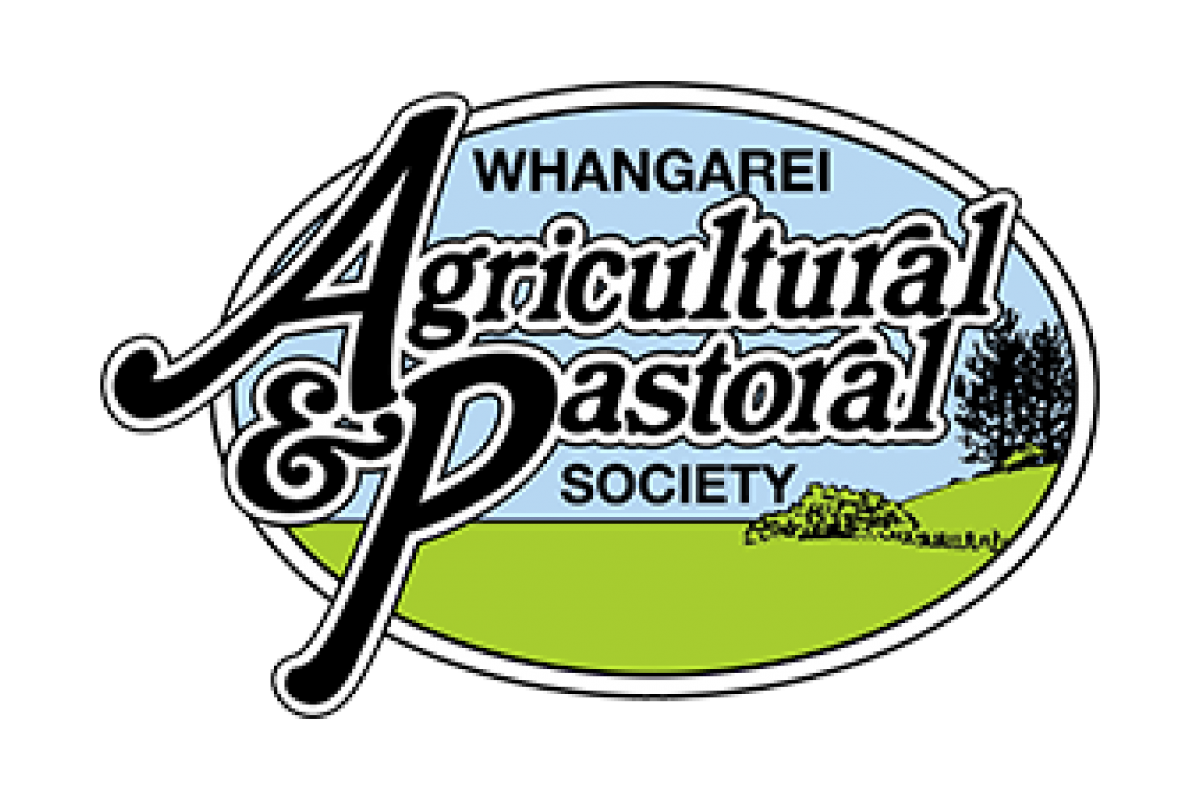Executive Summary
The aim of this research project was to understand the main issues that growers perceive are (or will be) affecting their businesses and industry. A survey with 233 responses and four focus groups (two focused on vegetables and two on fruit) were conducted to get a snapshot of the industry and to help guide the strategic review for Horticulture New Zealand. Survey respondents were predominantly small and medium sized enterprises with most (89%) indicating they had 20 or less full time equivalent employees year round. 35% of survey respondents indicated that they employed more than 20 people in the peak season (some over 150). Annual turnover for 67% of the survey respondents was $1 million or less with 36% of survey respondents indicating they had a turnover of less than $250,000.
The survey found that these issues were thought to have had the most impact on growers businesses over the past five years (in order of perceived impact)
- The price of inputs
- The cost of compliance
- Market access
- Food safety
- Health and safety
The survey found that the top five issues thought to be facing growers businesses in the next five years were (in order of perceived impact)
- Health and safety
- Biosecurity
- Market Access
- Cost of compliance
- Access to Water
Growers thought that the issues Horticulture New Zealand should be focussing on for growers were (in order of priority):
- Biosecurity
- The cost of compliance
- Health and safety
- Access to water
- Market access
However, the priorities changed with the availability of seasonal labour being elevated as a priority (along with employment and immigration law). A similar pattern occurred when the results were filtered for businesses that were fully vertically integrated, possibly indicating that more vertically integrated export businesses, those with a single desk marketing structure and fruit growing businesses are more concerned with seasonal labour shortages than other survey respondents. A comparison was made between businesses that grew 100% of produce for the domestic market and those that grew 100% for the export markets. The differences in priorities mirrored that of fruit and vegetable growers probably due to the export only group being predominantly fruit growers.
The survey indicated a growing concern about access to water moving from 48% to 71% (+23%) from the current situation to the future. Concern over the impacts of land fragmentation concern also rose from the current to the future scenario (+7%) as did the perceived impacts of land availability (+13%).
When asked about decision making priorities, the number one consideration growers had was financial sustainability with 144 (77%) rating this as their number one priority. Environmental sustainability was the most common second choice with 60 (or 31%), the third, fourth and fifth priorities varied between environmental sustainability, business reputation, worker welfare and lifestyle/family impacts; the most commonly ranked least important was ‘wider community impacts’ with 122 or 54%. This echoed other studies of this type which have indicated that financial sustainability was most important, but environmental sustainability was of growing significance.
Business aspirations were assessed, and the most common response was a plan to double yield (40%) followed by staying the same size (40%) and (more concerning) getting out of the business (20%). Businesses planning to triple, more than triple or shrink were 14%, 7% and 4% respectively. When filtered for age there was an increase in the percentage planning to exit the industry (from 20% – 34%) however, this was not found to be the single determining factor for those planning to exit the industry. When age range was compared for fruit and vegetable growers the data indicated a high percentage of growers in the over 65 age group for both groups but more fruit growers in the ‘over 65′ age bracket and more vegetable growers in the younger age brackets.
Although there were found to be key differences between the fruit and vegetable sectors’ priorities the main issues that growers felt Horticulture New Zealand should address included biosecurity, access to water, health and safety, land availability and reverse sensitivity issues, labour (seasonal and permanent) and career paths. They also felt there is a need for horticulture to ‘tell its story better’ to be recognised and understood at a government and community level, and for Horticulture New Zealand to promote what it was doing so that growers recognised its value.
Overall this study highlights the diversity of horticultural businesses in New Zealand and the different priorities of growers. The difficulty of an industry body representing these diverse growers at a national level moving into the future is discussed, and recommendations made including regular grower surveys, ongoing quantification and calculation of its value add to growers, promoting succession planning and careers in the industry and communicating the value of the sector to New Zealand.


























